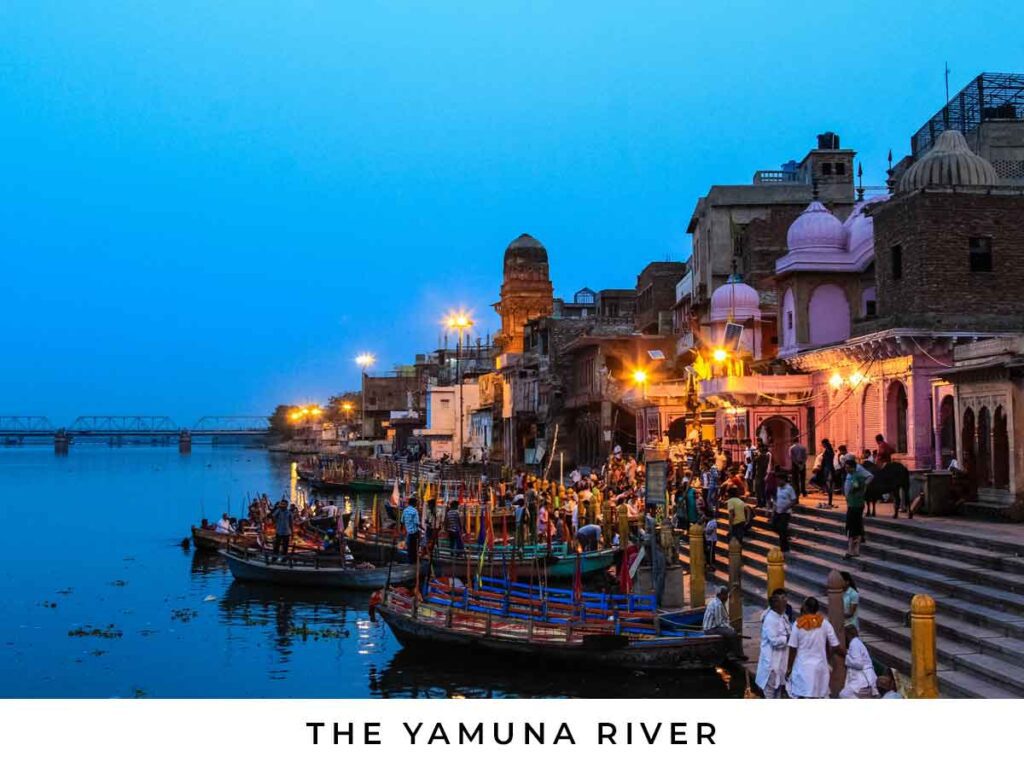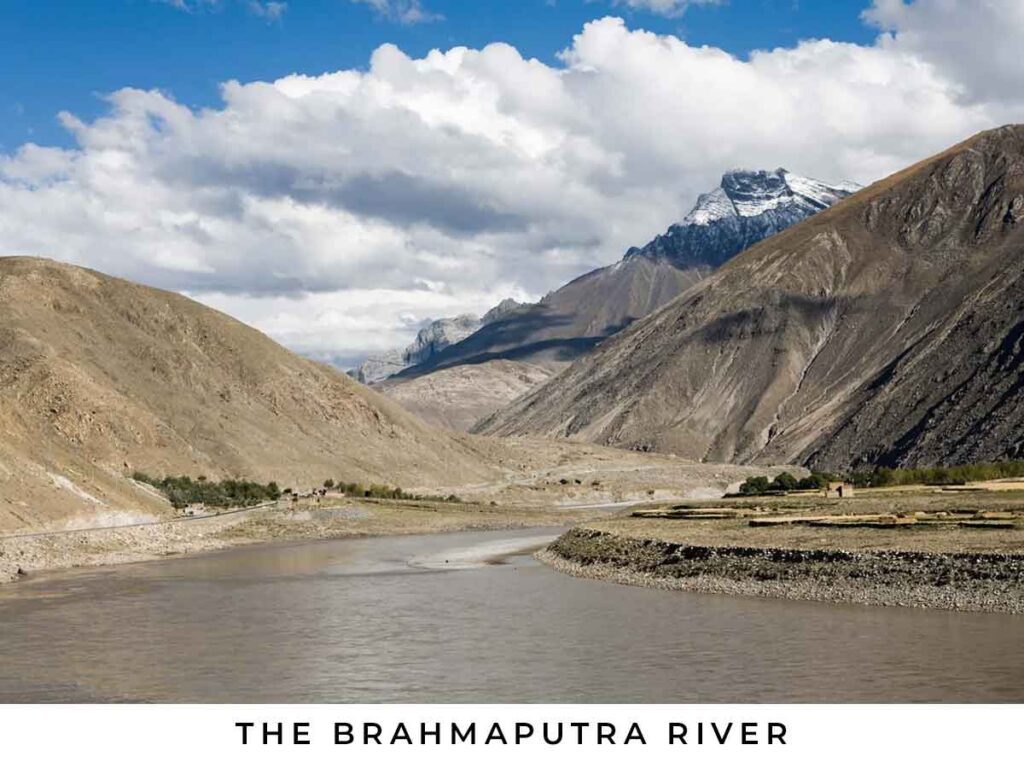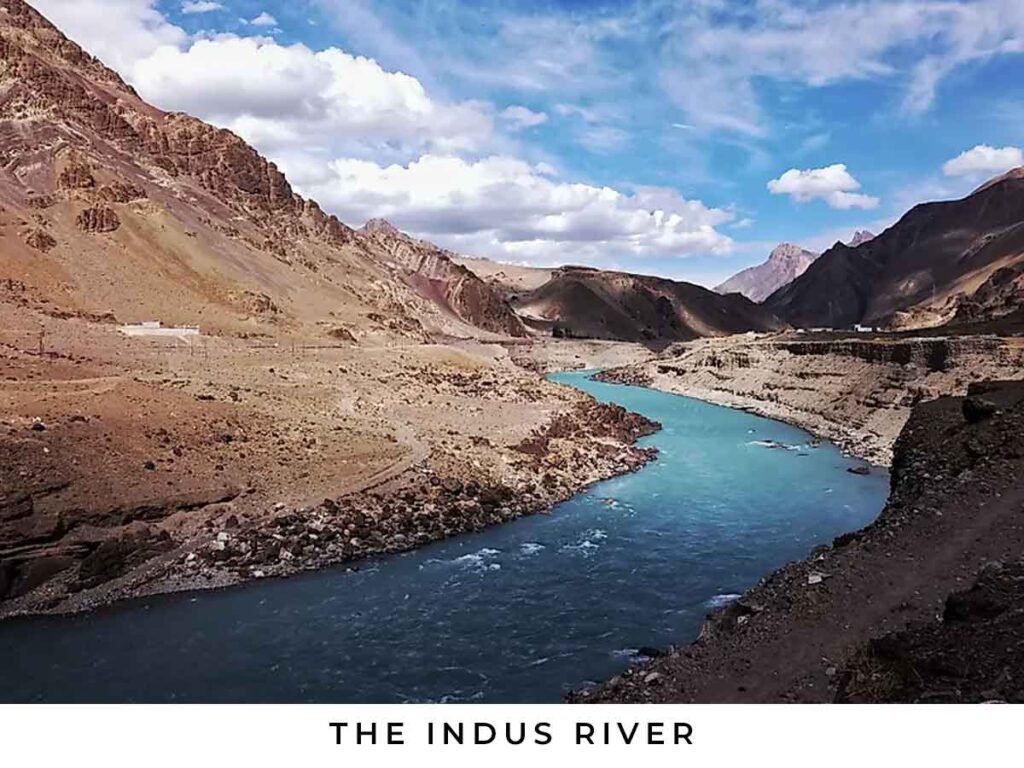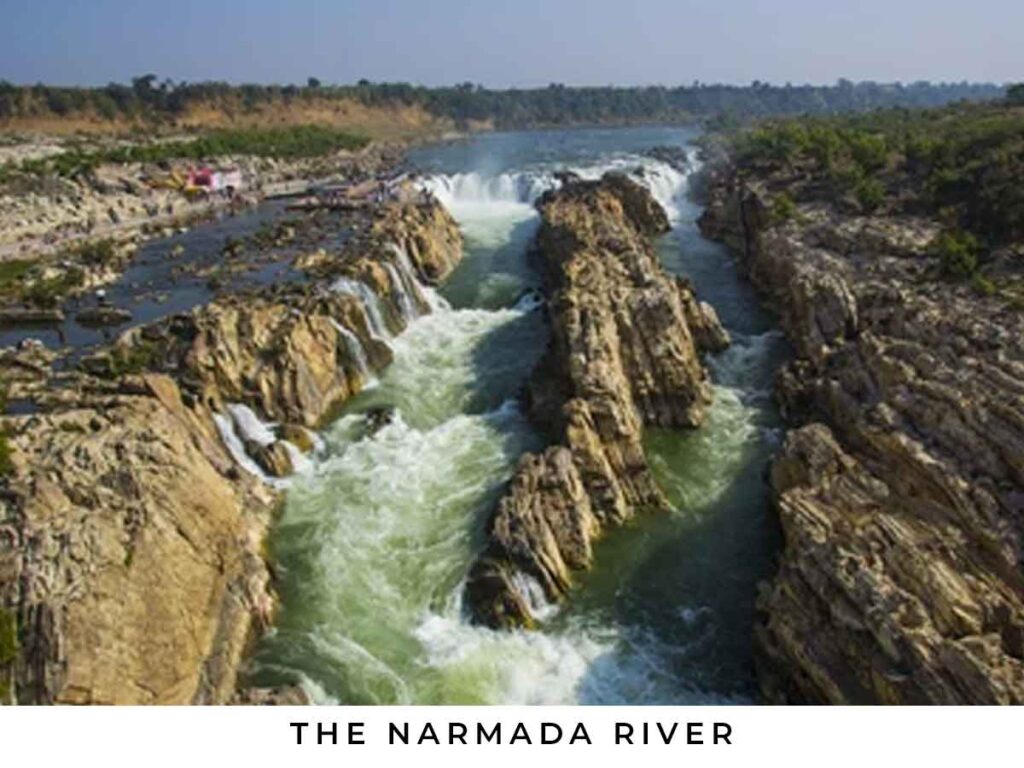
Introduction
Rivers hold immense significance in India’s cultural, environmental, and economic landscape. They serve as lifelines, providing water for irrigation, supporting biodiversity, and influencing the country’s religious and cultural practices. In this blog post, we will explore the 10+ most important rivers in India, delving into their historical, geographical, and ecological aspects, as well as the challenges they face and the conservation efforts in place.
I. The Ganges River:

The Ganges River, considered sacred by millions, has played a crucial role in shaping India’s civilization. We will delve into its historical and cultural importance, tracing its course from the Himalayas to the Bay of Bengal.
We will also discuss the religious significance and rituals associated with the Ganges, as well as the environmental challenges it faces, such as pollution and the ongoing conservation efforts.
II. The Yamuna River:

As a tributary of the Ganges, the Yamuna River holds immense religious and cultural significance. We will explore its role in the religious landscape of India and highlight its source, course, and tributaries.
The blog will shed light on the pollution issues plaguing the Yamuna and the initiatives taken, including the Yamuna Action Plan, to clean and restore the river to its former glory.
III. The Brahmaputra River:

Originating in the Tibetan plateau and flowing through India’s northeastern region, the Brahmaputra River is vital for both India and its neighboring countries.
We will discuss its unique geographical features, including its course through the Assam Valley, and the challenges posed by river erosion and floods.
Additionally, we will explore the impact of hydroelectric projects and the efforts to manage this mighty river effectively.
IV. The Indus River:

With its historical significance and association with the ancient Indus Valley Civilization, the Indus River holds a special place in India’s heritage. We will trace its course, examine its tributaries, and discuss the transboundary nature of the river.
The blog will delve into the water disputes surrounding the Indus and shed light on the Indus Water Treaty. Furthermore, we will explore the conservation initiatives aimed at preserving this vital water resource.
V. The Narmada River:

Known for its sacredness and cultural importance, the Narmada River occupies a significant place in the hearts of millions. We will uncover its geographical features, including the dams built along its course.
The blog will shed light on the environmental controversies surrounding the river, such as displacement and rehabilitation issues.
Additionally, we will discuss the Narmada Bachao Andolan, a movement advocating for the rights of affected communities.
VI. The Krishna River:

The Krishna River serves as a lifeline for agriculture and irrigation in southern India. We will explore its role in supporting agricultural practices and discuss major dams and hydroelectric projects along its course.
The blog will delve into the Krishna Water Disputes Tribunal and the inter-state conflicts that arise due to water-sharing issues.
Additionally, we will highlight the efforts made towards river conservation and rejuvenation.
VII. The Godavari River:

As the second longest river in India, the Godavari holds immense religious and cultural significance. We will explore its importance in the context of religious rituals and cultural traditions.
The blog will discuss the Godavari River Basin Irrigation projects and their impact on agriculture. Additionally, we will shed light on the ongoing efforts to clean and conserve the Godavari River.
VIII. The Kaveri River:

The Kaveri River is deeply intertwined with the cultural fabric of southern India. We will delve into its cultural significance, religious rituals, and water-sharing disputes among the riparian states.
The blog will also discuss the environmental challenges faced by the Kaveri River and the initiatives undertaken for conservation and watershed management.
IX. The Tapti River:

Originating in the Satpura Range and flowing through central India, the Tapti River plays a vital role in industrial and agricultural activities. We will discuss its geographical features, including its course and major tributaries.
The blog will shed light on pollution concerns and conservation measures undertaken to protect the Tapti’s ecosystem.
Additionally, we will explore water management strategies and the impact of dam projects along the river.
X. The Mahanadi River:

The Mahanadi River is crucial for agriculture and irrigation in eastern India. We will highlight its key features and course, emphasizing its importance for the region.
The blog will explore the Mahanadi River Water Disputes Tribunal and its role in resolving inter-state conflicts.
Additionally, we will discuss the conservation efforts aimed at preserving the Mahanadi River and the afforestation initiatives in its watershed.
XI. The Beas River:

With its source in the Himalayas, the Beas River holds both geographic and ecological significance. We will explore its location and course, focusing on its role in hydropower generation.
The blog will shed light on environmental concerns and the conservation efforts in place to preserve the Beas River’s natural ecosystem.
Additionally, we will highlight the tourism and recreational activities associated with the river.
XII. The Chenab River:

Originating in the Himalayas, the Chenab River traverses through northern India, contributing to the region’s hydroelectric potential.
We will discuss its course, the significance of hydroelectric projects, and the water-sharing disputes arising from the Indus Water Treaty.
The blog will also shed light on the conservation efforts and wildlife preservation initiatives to protect the Chenab’s ecological balance.
Conclusion
India’s rivers are the lifelines of the nation, nurturing its cultural heritage, supporting agriculture, and providing valuable resources.
Through this comprehensive exploration of India’s most important rivers, we have gained insights into their historical, geographical, and ecological aspects.
However, it is crucial to recognize the challenges they face and the need for collective responsibility in conserving and restoring these vital water bodies.
By valuing and preserving these rivers, we can ensure their sustainable future and secure the well-being of both present and future generations.
About the Author
Aravind Sharma, Content Writer
Hi, I’m Aravind Sharma and I have a passion for content writing. I enjoy writing on a variety of topics and I take pleasure in immersing myself in learning about new and exciting areas.